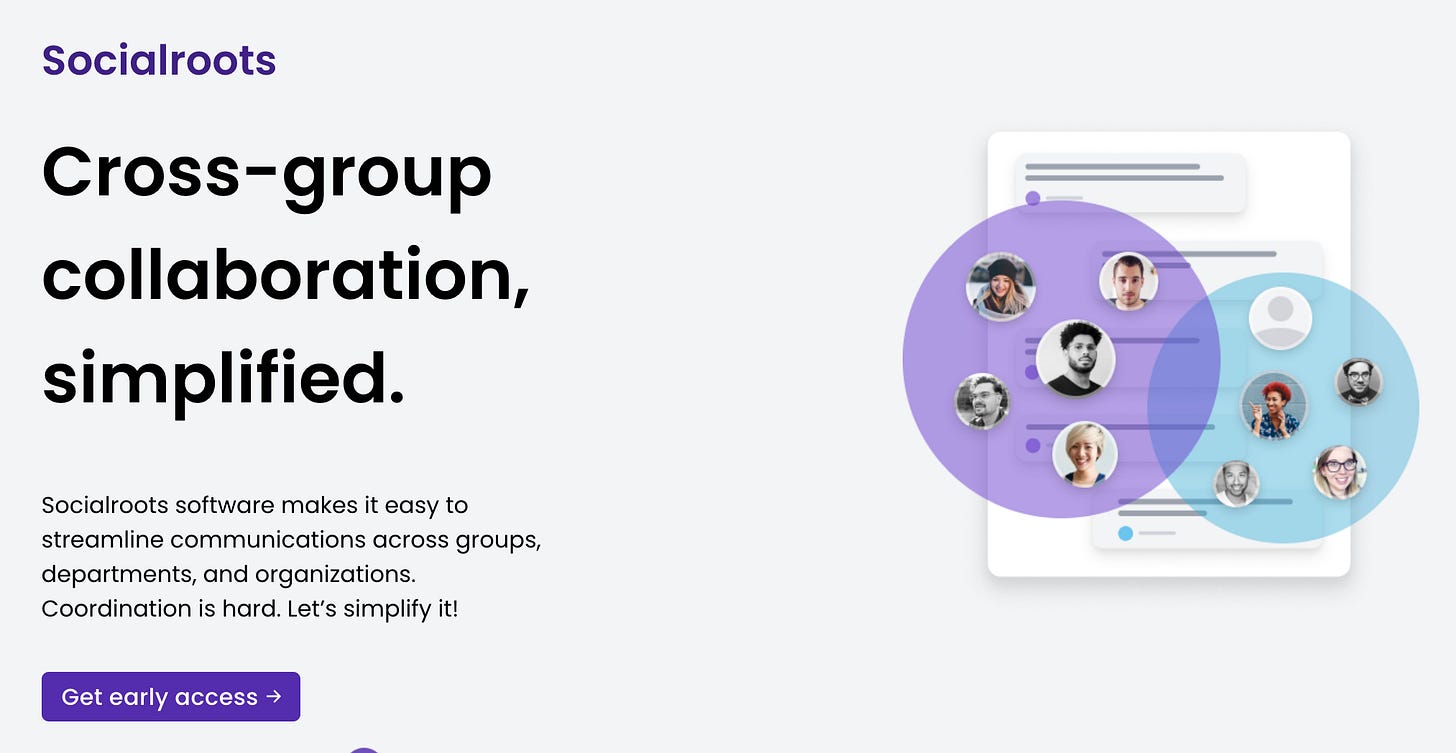Written by Andrej with editorial collaboration from Savannah
At the time of writing in February 2025, the total market cap of all cryptocurrencies is $3,2bn, yet most crypto-native products are still unusable or unnecessary. Of the dozens of products and brands we have designed since 2018, only a handful are still in active use; most have not found product-market fit. Projects that boast of “human-friendly design” have usually convinced many users to send them their money in exchange for an invented cryptocurrency.
Web3 tech could automate accounting, bookkeeping, and immutable storage, significantly reduce undesired labor and legal costs, and facilitate a more pro-social economy. But even the most beginner-facing apps like Ledger (hardware wallet), and MetaMask (chrome extension wallet) with unreasonably high design budgets struggle to make users feel safe with their assets.

Block explorers display an illegible combination of digits and letters instead of an unambiguous status to give users a sense of control and trust in the system - the #1 usability heuristic in UX.
Since entering web3 in 2017, I have been attracted by the philosophical promise of financial freedom, another industrial revolution, and punk movements finally competing with the establishment.
Fast forward to 2025: transparency is still a buzzword, attention is guided by wealth and social status, and public goods funding remains a meme. And most celebrated products are no more than digital slot machines.
Last year, we started looking for evidence of why web3 still fails to deliver on its promises. There were also clear signs of what was missing to turn it around and create products that benefit society rather than extracting further from it.
Unpacking what we learned about web3
Deep Work is an independent strategic builder collective that worked closely with over 100 web3 startups. We have diverse backgrounds, and our work impacted millions of people in the web2 sector through the UN, Audi, Telekom, the London Stock Exchange, and many more.
We believe that by prioritizing our health and meaningful activities over greed-motivated financial gain, we can achieve the highest quality results in our work while making a positive impact on our environment.
Our almost inexistent operating costs and cooperative framework allow us to be fully in line with these values and gain insights into the most interesting organizations.
In web3, we have contributed to the brand of Arbitrum in the early days, the public perception of Ethereum, the user experience of Beefy.Finance, and the success of many others who have decided to collaborate with us.
In this four-part series of articles, I aim to present our observations to provide a subjective “expert” perspective. Almost all of our working files (non-confidential internal and client-facing) are public, so you can see the basis of our claims for yourself.
In the next part, I will briefly outline the inconsistencies between the public narrative, public perception, and the actual function of web3 projects.
In part 3, I will describe how the current incentives work, the problems they create for each actor in the ecosystem, and why they are not sustainable.
Part 4 will cover investment strategies and what each of us can do to transition into a healthier, abundant economy, where products make our lives better and lead to the future we desire.
The state of web3 looks bleak
Unfortunately, the crypto space is mostly useless and lacks the focus to address real peoples’ needs because it still operates through traditional VC funding incentives. The incentives are skewed against the product teams and users, and most founders lack experience in the domain they are building for and VCs of the existing startup ecosystem.
It is no different from the 2017 ICO phase, when projects raised millions of dollars in Ethereum in exchange for tokens that performed the same function as cash—selling users a dream that their web3 version of an already working web2 competitor would somehow be superior.

Eight years later, most of these projects that were “bootstrapped” through crowdfunding ICOs are continuously pivoting, in some cases straight back to web2. They either compete with established companies again, with a working product and no crypto association, or they hope to get listed on Binance or Coinbase.
Some founders are quietly sitting on piles of ETH, which is worth 50x what it was when they first raised, making them incredibly cash-rich and motivation-poor. Their products don’t work and offer no innovation or value. Their communities are ignorant of what they’ve done with the original funding donated by them - they likely re-invested it into other assets (including real estate) to “diversify”, protect their wealth, and stop being productive.
Once they achieve their whitepaper deliverables, they have no obligation to their ICO contributors and are free to use their funds however they like, including retirement.
And so the cycle continues.
But some are showing that not everything is lost
Luckily, decade-long proven strategies and human-facing design processes outlive short-term market cycles, and new systems have already started emerging.

We can slowly identify value-driven communities, projects, and intrinsically motivated teams who innovate and adapt new technological solutions for a better, web3-native society.

I hope that by the end of this article series, you are equipped with a clear understanding of the current state and a framework to stay optimistic about the development of the web3 ecosystem.








